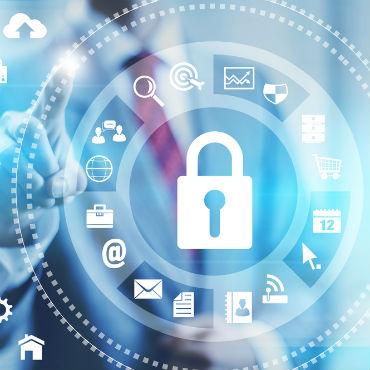DHS asks industry about cyberthreats to mobility

The Science and Technology Directorate at DHS is tapping industry for clues to the mobile cyberthreat landscape.

The Department of Homeland Security is working with the General Services Administration to gather information on growing threats to mobile communication systems and devices.
The agencies are teaming up for a pair of industry days, but they're not prepping for an acquisition. Vincent Sritapan, program manager in the Cyber Security Division at DHS' Science and Technology (S&T) Directorate, told FCW they're gathering information on threats to the mobile devices used by the federal government for a report to Congress.
The Cybersecurity Act of 2015 mandated that DHS and the National Institute of Standards and Technology conduct such a study. Sritapan said S&T is tapping industry expertise via a request for information issued July 7 through GSA.
Officials plan to hold two industry days to hear from a variety of mobile device manufacturers and service providers, including companies such as Verizon Wireless, AT&T, Apple, Google and Samsung.
The RFI seeks specific responses about high-level threats via applications, operating systems and firmware; physical threats via device theft or supply chain tampering; network-based threats such as passive signal monitoring, SIM card vulnerabilities and device tracking; and mobile enterprise threats such as exploitation of mobile device management systems.
By working with GSA, Sritapan said, S&T can access more wireless industry contacts than typically would be available to his research-oriented directorate.
The first industry day is scheduled for July 20 at GSA's 18th Street headquarters in Washington. The second is scheduled for Aug. 2 in Menlo Park, Calif. The information gathered during the industry days will only be used for the report to Congress.
S&T and NIST have identified 225 mobile threats to date, Sritapan said, adding that the discussions with industry will provide insight into security gaps that haven't shown up in that research.
NEXT STORY: Library of Congress wracked by DNS attack





